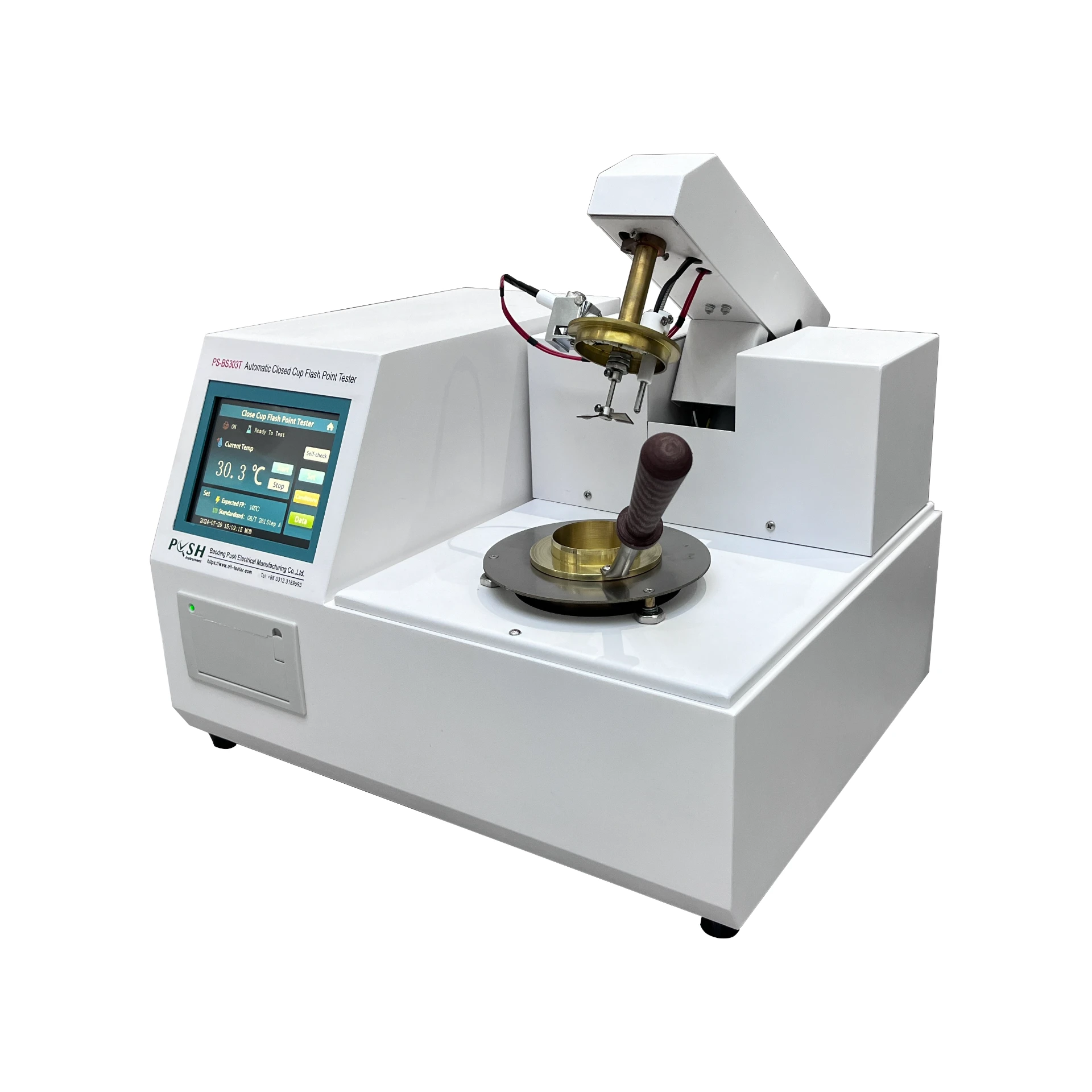TEL:
+86-0312-3189593
 English
English

Telephone:0312-3189593

Email:sales@oil-tester.com
2 月 . 15, 2025 16:49
Back to list
PS-2003/2006 Three-Cup Or Six-Cup Insulating Oil Acid Value Tester
Understanding the breakdown strength of transformer oil is critical for maintaining the efficiency and reliability of electrical transformers. This article aims to provide an in-depth analysis of this concept by exploring the factors affecting transformer oil breakdown strength, the testing methodologies employed, and the implications for transformer maintenance.
For professionals responsible for transformer maintenance, it is paramount to understand oil’s historical data trends. By examining long-term variations in breakdown strength, one can identify potential problems before they result in equipment failure. Advanced predictive maintenance strategies leveraging machine learning and data analytics are increasingly being employed to forecast breakdown events, allowing for proactive maintenance practices. Manufacturers and suppliers of transformer oil also play a crucial role in ensuring the reliability of this component. Providing high-quality oil with excellent breakdown strength, accompanied by guidelines for its use and longevity, enhances the operational life of transformers. As industry standards evolve, so too must the methodologies for testing and maintaining the integrity of transformer oil. Establishing a robust asset management program that includes regular oil testing and analysis is crucial for utilities and industries relying on transformers. Partnering with certified laboratories for oil analysis and investing in state-of-the-art diagnostic tools can greatly enhance the ability to manage and extend the life of transformer assets. In conclusion, the breakdown strength of transformer oil is not merely a technical specification but a vital indicator of equipment health. By understanding and controlling the factors contributing to oil breakdown, utilizing systematic testing methods, and leveraging expert analytical insights, transformer reliability can be significantly improved. This holistic approach not only assures operational safety but also optimizes the performance and longevity of transformers within the electrical grid.


For professionals responsible for transformer maintenance, it is paramount to understand oil’s historical data trends. By examining long-term variations in breakdown strength, one can identify potential problems before they result in equipment failure. Advanced predictive maintenance strategies leveraging machine learning and data analytics are increasingly being employed to forecast breakdown events, allowing for proactive maintenance practices. Manufacturers and suppliers of transformer oil also play a crucial role in ensuring the reliability of this component. Providing high-quality oil with excellent breakdown strength, accompanied by guidelines for its use and longevity, enhances the operational life of transformers. As industry standards evolve, so too must the methodologies for testing and maintaining the integrity of transformer oil. Establishing a robust asset management program that includes regular oil testing and analysis is crucial for utilities and industries relying on transformers. Partnering with certified laboratories for oil analysis and investing in state-of-the-art diagnostic tools can greatly enhance the ability to manage and extend the life of transformer assets. In conclusion, the breakdown strength of transformer oil is not merely a technical specification but a vital indicator of equipment health. By understanding and controlling the factors contributing to oil breakdown, utilizing systematic testing methods, and leveraging expert analytical insights, transformer reliability can be significantly improved. This holistic approach not only assures operational safety but also optimizes the performance and longevity of transformers within the electrical grid.
Latest news
-
Differences between open cup flash point tester and closed cup flash point testerNewsOct.31,2024
-
The Reliable Load Tap ChangerNewsOct.23,2024
-
The Essential Guide to Hipot TestersNewsOct.23,2024
-
The Digital Insulation TesterNewsOct.23,2024
-
The Best Earth Loop Impedance Tester for SaleNewsOct.23,2024
-
Tan Delta Tester--The Essential Tool for Electrical Insulation TestingNewsOct.23,2024





